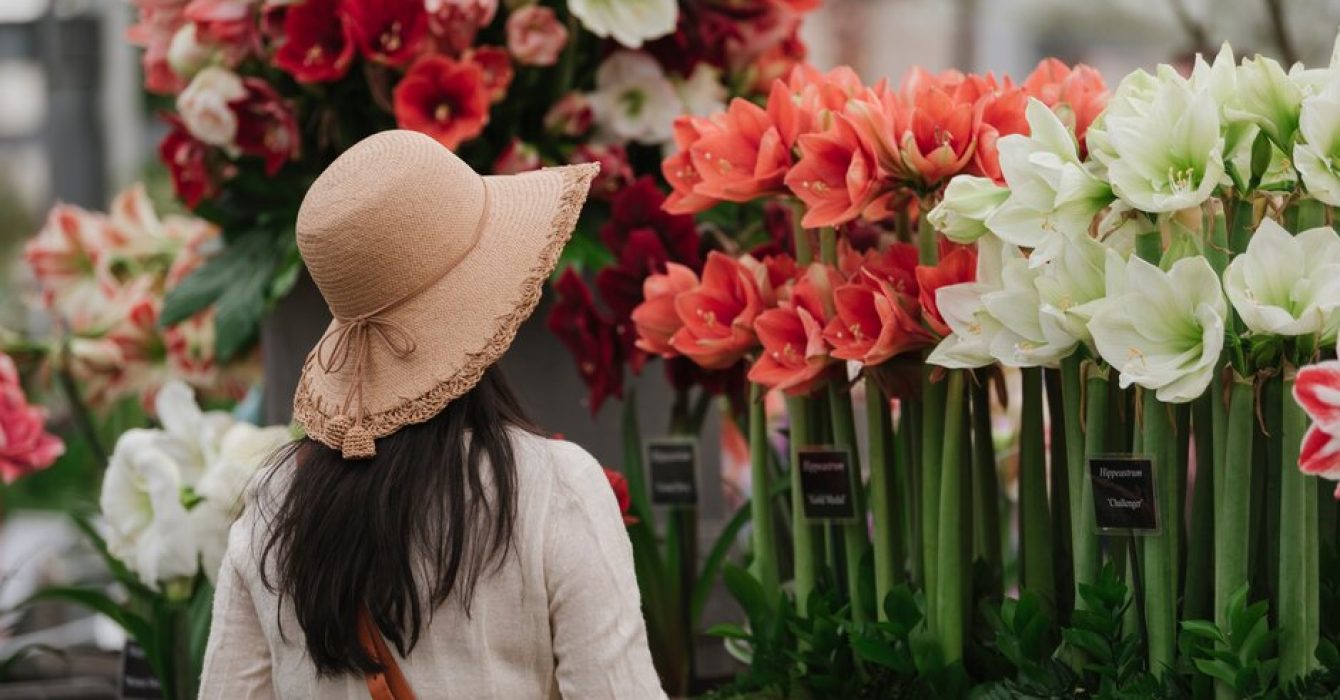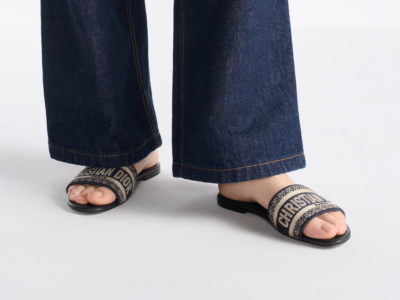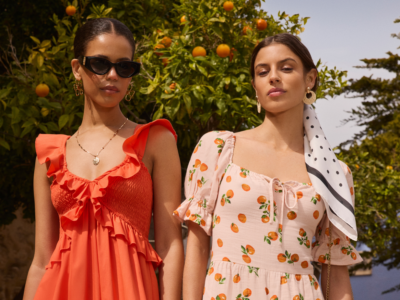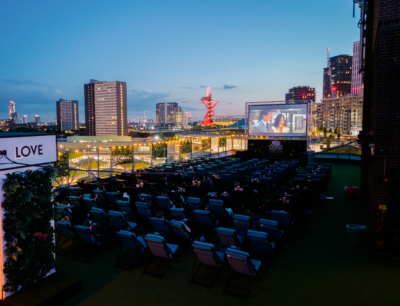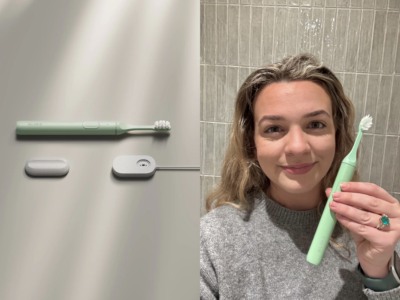What can we learn about urban gardens from the Chelsea Flower Show? We ask the professionals for their small-space gardening tips
Between 21-25 May, hundreds of exhibitors and garden designers will be in west London to display their breathtaking blooms and show gardens at the annual RHS Chelsea Flower Show. And the good news is that no matter how little space you have to play with, the event can still give you plenty of ideas on making the most of your own urban garden. Don’t forget, patios, balconies, alleyways and even windowsills can bring a healthy dose of nature into your daily life.
The RHS champions eco-friendly gardening, and many exhibitors embrace sustainability and self-sufficiency as part of their designs. Those working with urban gardens have taken note: “Innovative approaches to promoting utility and sustainability in small-space gardens have been met with widespread appreciation in the last three years,” observes show manager Gemma Lake.

This year, no show garden captures this like Tomie’s Cuisine the Nobonsai. In it, Japanese designer Tsuyako Asada demonstrates how to unite beauty, self-sufficiency and sustainability in any small-space urban garden, which in her case is a balcony. It bustles with yuzu, fig and hazelnut trees, blueberry bushes and fragrant herbs, whose annual bounties could save you a trip to the supermarket. Interestingly, to limit the weight of her balcony containers, Tsuyako adds recycled newspaper when potting her plants.
Read more: The best London gardens, parks and green spaces to visit

How can I make my urban garden more sustainable?
Use your food waste to fertilise your flowers and seek out eco-friendly materials. The Nobonsai home compost is made in a terracotta rhubarb forcer — neat, prettier than plastic and definitely more environmentally friendly. “Our home compost is our garden centrepiece, helping to feed the plants indirectly and avoiding the need for replanting or relying on any chemicals,” says Tsuyako. Just dig a 40cm hole into a 50cm-deep bed and place the forcer on top. Next, drop your daily food waste into this and replace the lid; the soil below becomes enriched, leading to healthier, happier plants across your flower bed. For those who’d prefer not to buy a forcer, Tsuyako highlights that breaking the base of an ordinary terracotta pot and using anything as a lid can work just as well. The terracotta allows warmth and airflow to speed up decomposition, while limiting any odour.
Chopped up and used as mulch, garden waste adds another aspect of circularity to Tsuyako’s design. “We don’t put the garden waste in the compost pot; instead, we cover the soil with pruned twigs, trimmed stems, weeds and collected leaves to prevent drying, lock the moisture in and help grow bacteria on the soil surface and inside. The fungi make the plants strong and healthy,” she explains. Indeed, Tsuyako is careful to highlight that caring for every aspect of wildlife, from birds to microorganisms, is central to her ethos: “All creatures, including plants, are the heroes of Tomie’s Cuisine the Nobonsai.”
Read more: What can I grow in my small garden?

Which plants suit urban gardens?
Not all plants relish the same conditions, so consider your orientation. North-facing spaces favour shade-loving species, such as the Fatsia japonica, “the classic town-garden evergreen … with its dramatic hand-like leaves,” says RHS chief horticulturist Guy Barter. “For sunny spots, blue flowering ceanothus gives dramatic spring colour, roses for summer,and male Garrya elliptica plants for sensational winter catkins.”
South-facing spaces can get very hot in the summer months, so for cooling these down, Tsuyako and Guy recommend small trees, sunlight-reflecting plants or even a bucket of water sunk into the ground. “Some garden trees don’t exceed 25ft — amelanchier, for example, which has spring flowers and autumn berries,” suggests Guy. These features are also helpful to wildlife, which can take shelter in the shade you provide and bathe in any water left out. Even a shallow dish of fresh water is appreciated by thirsty bumblebees.
For windy balconies, Tsuyako recommends planting coastal species, while for alleyways and patios, Guy suggests filling collections of reclaimed or upcycled containers. Even if you don’t have an outdoor space, windowsills offer the chance to support local wildlife or grow your own fruit and veg. Try some window boxes for growing pollinator-friendly wildflowers or sumptuous strawberries. There are countless ways to get into gardening and, regardless of the scale of your efforts, the rewards will always be huge.

